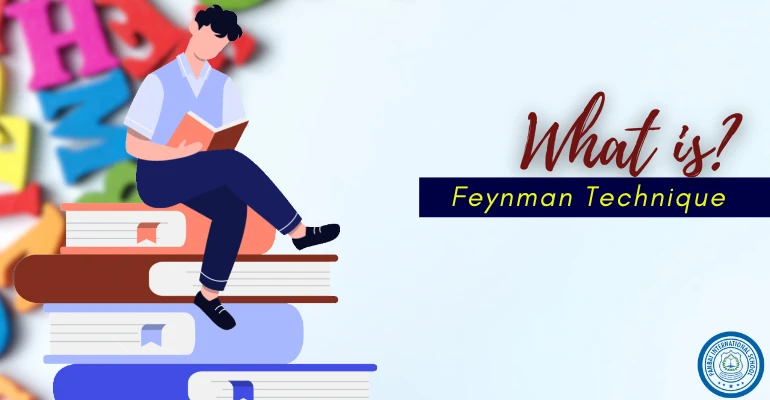What is Feynman Technique?
June 30, 2025 2025-06-30 16:29What is Feynman Technique?
Richard Feynman, Nobel-winning physicist and legendary teacher, believed that genuine understanding shows itself when you can explain an idea in the simplest words possible.
The method that bears his name is therefore a clarity-driven study technique: identify gaps in knowledge, patch them, and refine the explanation until even a beginner could grasp it.
What is the Feynman Technique for Learning?


What is Feynman technique at its core? It is a four-step framework that forces active recall, simplification, and iterative improvement.
By translating complex material into plain language, you convert passive reading into deep learning, and you expose misconceptions long before they are caught in exams or real-world applications.
4 Steps of the Feynman Technique:


1. Choose the Concept
Write the topic’s name—quantum tunneling, supply-and-demand curves, or present perfect tense—at the top of a blank page. The intention is to focus on one idea, rather than an entire chapter.
2. Teach It to a Child
Explain the concept in sentences a 12-year-old would understand. Use analogies, everyday language, and short statements. Avoid jargon or formulas unless you restate them in plain words.
3. Spot Knowledge Gaps
While “teaching,” you will stumble. Circle fuzzy areas, skipped steps, and undefined terms. These are the precise gaps in understanding that rereading slides never reveals.
4. Review and Simplify
Return to textbooks, lectures, or trusted sources only for the circled gaps. Fill them in, then rewrite your explanation even more simply. Strip excess words, swap lofty terms for common ones, and build a fluid story.
Repeat the cycle until the explanation flows like a bedtime tale yet remains technically correct.
How Does It Work?


- Active Recall: Writing from memory forces the brain to retrieve information, strengthening neural connections.
- Elaboration: Explaining new facts concerning existing knowledge, thereby embedding concepts more securely.
- Metacognition: Identifying gaps cultivates awareness of what you don’t know—crucial for focused revision.
- Transferable Insight: Because you frame ideas in plain language, you can adapt them to novel problems more easily.
- Confidence Building: Clear, concise explanations boost self-assurance and reduce exam anxiety.
Frequently Asked Questions (FAQs)
Ques 1. Why does the Feynman technique work?
Ans. Because simplification forces deep processing and exposes misunderstandings.
Ques 2. Is the Feynman technique only for science subjects?
Ans. No, it helps with languages, history, coding, finance, and many more subjects.
Ques 3. How does it compare to mind mapping?
Ans. Mind maps visualize, while Feynman explanations verbalize and clarify.
Ques 4. Should I write by hand or type?
Ans. Handwriting often aids retention, but choose what keeps you focused.
Ques 5. How do I know when I’ve mastered the topic?
Ans. When your explanation is accurate, concise, and novice-friendly.




